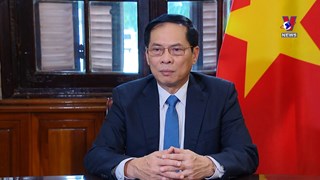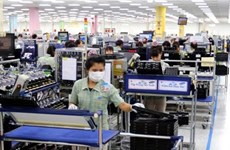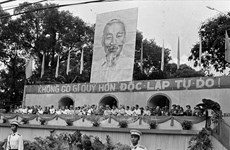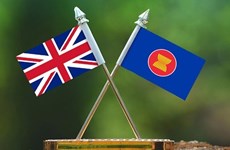ADB official: 66 billion USD to be invested in GMS
The Greater Mekong Sub-region is expected to receive 66 billion USD in investment to strengthen regional economic cooperation in the next five years, said an Asian Development Bank (ADB) official.
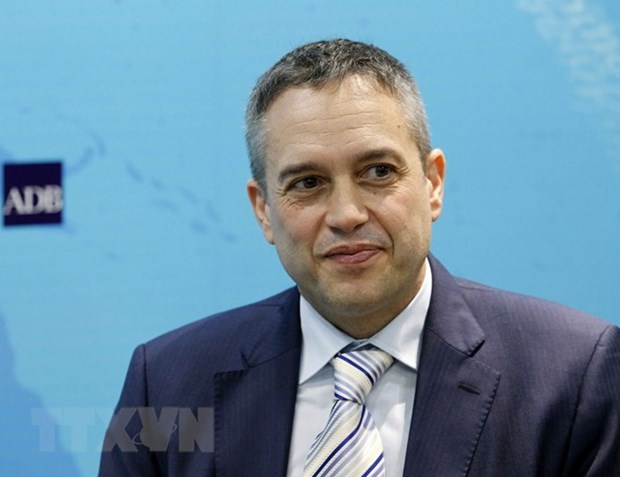 Alfredo Perdiguero, Director of Regional Cooperation and Operations Coordination Division, Southeast Asia Department (Source: VNA)
Alfredo Perdiguero, Director of Regional Cooperation and Operations Coordination Division, Southeast Asia Department (Source: VNA)Hanoi (VNA) - The Greater Mekong Sub-region is expected to receive 66 billion USD in investment to strengthen regional economic cooperation in the next five years, said an Asian Development Bank (ADB) official.
The money was upped by 2 billion USD compared to what ministers of the six Greater Mekong Sub-region (GMS) countries - Myanmar, Laos, Vietnam, Cambodia, Thailand and China - agreed in the action plan framework for 2018-2022 late last year.
It will more than triple the total amount of 21 billion USD mobilised for the region since the GMS development programme was first launched by the ADB in 1992, Alfredo Perdiguero, Director of Regional Cooperation and Operations Coordination Division, Southeast Asia Department, told the Vietnamese media on March 13.
The ambitious financing agreement is due to be signed by leaders of the regional members at the triennial 6th GMS Summit hosted this March in Vietnam, in which hundreds of projects from different sectors will be put on the agenda to open more opportunities in trade and investment through closer regional collaboration.
“Some 7 billion USD will be mobilised from the ADB. We will also bring in many other partners to contribute significant amounts, together with the governments of the GMS countries,” Perdiguero said.
“I can say the GMS has been one of the most successful programmes for regional cooperation and integration in Asia,” he said.
The development of extensive trans-national road networks which formed the three main economic corridors, or trade routes, connecting the member countries was so far the greatest achievement of the programme, given that there was little transportation connectivity in the region back in 1992.
Vietnam, in particular, was the only country in the GMS that participated in all three economic corridors, according to Perdiguero. They included the North-South corridor that connects Vietnam with China, the East-West to link central Thua Thien-Hue province and Da Nang city with Laos and all the way to Thailand and Myanmar, and finally the Southern one bridging HCM City with Phnom Penh and Bangkok.
But as the development of physical connections in the region, which set the foundation for the countries’ connectivity, was relatively complete, the GMS programme was seeking to expand the collaboration in several other sectors.
Perdiguero said that they would range from power connectivity, agriculture to health and diseases, together with tourism and urban issues.
Fruitful cooperation in those fields would involve not only the governments but also a bigger contribution from the private sector, particularly in tourism and agriculture, he added.
“That’s why we are very happy that the (Vietnamese) Prime Minister decided to organise the GMS Business Forum to bring in the energy, the ideas, and the knowledge from the private sector,” Perdiguero said.
Vietnam will organise the first-ever GMS Business Forum on the sideline of the 6th GMS Summit, which is scheduled to take place in Hanoi from March 29-31.
The GMS cooperation was launched in 1992 as an initiative of the ADB. The GMS Cooperation Programme is the most complete cooperation programme that involves Vietnam, Laos, Cambodia, Thailand, Myanmar, and China’s Yunnan and Guangxi provinces. The programme prioritises infrastructure development, energy, telecommunication, tourism, trade-investment, human resources, and environment.-VNA
